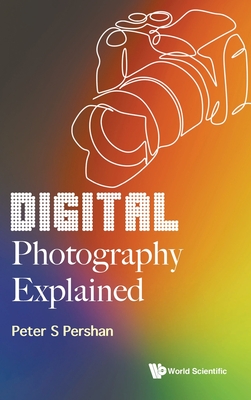This book can serve as a missing guide for technical features of digital photography that many enthusiasts are unaware of or remain bewildered about. An interesting example is that cameras with sensor sizes differing by a factor of three or four can have the same size resolution. The advantages of sensors -- found in larger and more expensive cameras -- are elucidated to readers. Another example is the explanation to why the depth of field increases as the lens aperture becomes smaller. The transition from diffraction-limited to sensor-limited resolution is also discussed. Through these examples, one discovers that the optics of practical, thick compound lenses can be understood using the formulas for the more familiar thin lenses.The book further expounds on procedures that are necessary to obtain true color images. For example, CMOS (complementary metal oxide semiconductor) sensors are equipped with color filters such that the intensity of the red, green and blue colors are recorded separately. Since the colors must be combined for print and digital displays, the separate colors recorded in the camera must somehow be merged. This process known as demosaicing is vividly explained. In fact, the technology for defining colors is a separate issue that is also treated in this book.Readers will learn that both our vision and computer displays respond in a nonlinear fashion that requires an operation known as gamma mapping, which is built into all monitors. An important takeaway for camera and photography enthusiasts is that in order to avoid moiré effects in certain types of photographs, most cameras have an anti-aliasing filter that has the unfortunate effect of smearing the resolution. This filter can, however, be removed in certain high-end cameras.











